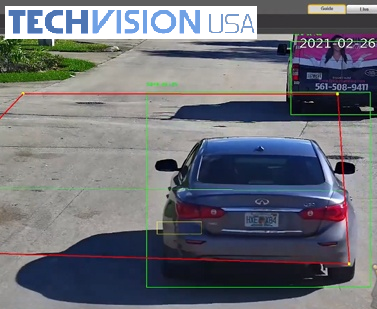At the heart of every digital camera in the world there is an image sensor. The image sensor converts light into a digital signal. There are two basic types of image sensors in use today. There are CCD (Charged Coupled Devices) and CMOS (Complementary Metal Oxide Semiconductor) sensors.
Each type of image sensor has its advantages and disadvantages, and therefore, used in different applications. Neither type of image sensor is completely superior to the other, and recent advances in both technologies has made both types more suitable for a wider range of applications.
Both types of sensors do the same thing. They both convert light into an electronic signal. Using a CCD requires that other circuitry, such as amplifiers, digitizers and noise correction circuits, are installed in a device in addition to the sensor. This takes up more space in a device and requires more power to energize all the circuitry. CMOS sensors, on the other hand, can contain all these circuits in the chip itself which allows entire cameras to consist of one chip. This configuration uses much less space and consumes far less power.
CCD and CMOS sensors were both developed in the late 1960s and early 1970s. CCD sensors became the primary choice for imaging due to their superior images. This was primarily due to the fact that, with the technology available at the time, it was easier and cheaper to manufacture CCD chips. CMOS sensors required a much higher tolerance to manufacture, and the processes required to cheaply produce them were not available. It was not until the 1990s that the chip design and production technologies caught up to the point that CMOS sensors became cheaper to manufacture. The same processes that were being used to produce other computer chips could be used to create CMOS sensors. While CMOS chips were being mass produced, the quality of the image that could be achieved with them was still not up to the standard required for high-quality images.
CCD and CMOS sensors can both produce high quality images when they are properly designed. CCD chips have traditionally been the standard for scientific imaging, photography and industrial imaging due to their higher image quality and low noise. CMOS has traditionally been used in less expensive devices such as cheap cameras and cell phones where cost, space and power consumption must be kept at a minimum.
Today, there is much less differentiation between the application of CCD and CMOS sensors. CMOS manufacturers have made great improvements in the image quality that can be obtained, while CCD manufacturers have improved the power consumption and package size. As a result, more and more of the less expensive cameras and cell phones utilize CCD technology and you find CMOS sensors being used in professional and industrial devices.
The security surveillance industry has chosen to stay with CCD for the time being. High quality CMOS chips are still not a cost effective alternative to CCDs. Although some of the very low-end security cameras utilize CMOS sensors, the cost of cameras that use CCD technology is so low now that it only makes sense to stay with CCD.











